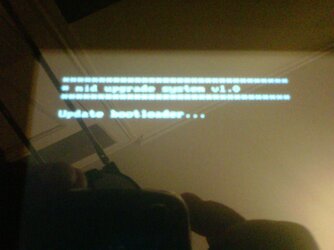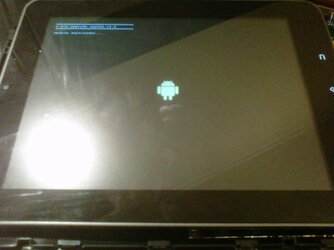- Thread starter
- #16
Thank you for all your help. I hadn't noticed all the replies in this thread.
I tried an Evolution ROM for the herotab, which seemed like having similar specs, and hard bricked the tablet. It does not turn on now, only lights up the soft keys light and then shuts of after a few seconds.
Been trying to follow this procedure but with no luck http://www.androidtablets.net/forum/coby-generation-2-technical/23007-project-reviving-hard-bricked-kyros-7.html
Now, finally, I have the original 8027 firmware but am obliged not to provide it to anyone else... there were the conditions. It is not doing me any good 'cos I hard bricked the thing.
I think I'll send to repair. I reached a dead end.
I tried an Evolution ROM for the herotab, which seemed like having similar specs, and hard bricked the tablet. It does not turn on now, only lights up the soft keys light and then shuts of after a few seconds.
Been trying to follow this procedure but with no luck http://www.androidtablets.net/forum/coby-generation-2-technical/23007-project-reviving-hard-bricked-kyros-7.html
Now, finally, I have the original 8027 firmware but am obliged not to provide it to anyone else... there were the conditions. It is not doing me any good 'cos I hard bricked the thing.
I think I'll send to repair. I reached a dead end.


